What’s the Difference Between Jail and Prison?
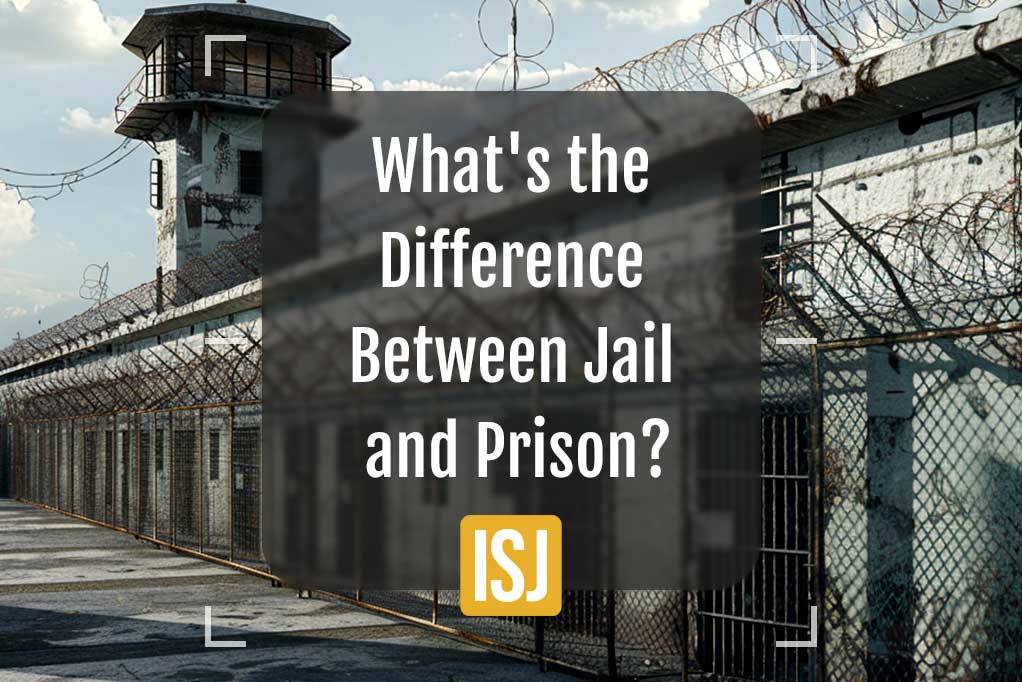

Simon Burge
Share this content
In the criminal justice system, the terms “jail” and “prison” are often used interchangeably, but they aren’t the same.
Understanding the difference between jail and prison is crucial for a comprehensive grasp of the legal landscape.
In this article we will delve into the distinctions, exploring what sets jails and prisons apart, and when each term is appropriately used, as well as other terms of incarceration and how they differ.
Article Chapters
ToggleWhat’s the Difference Between Jail and Prison?
Before fully understanding the difference between jail and prison, you must have the knowledge of each as an individual entity.
What is a Jail?
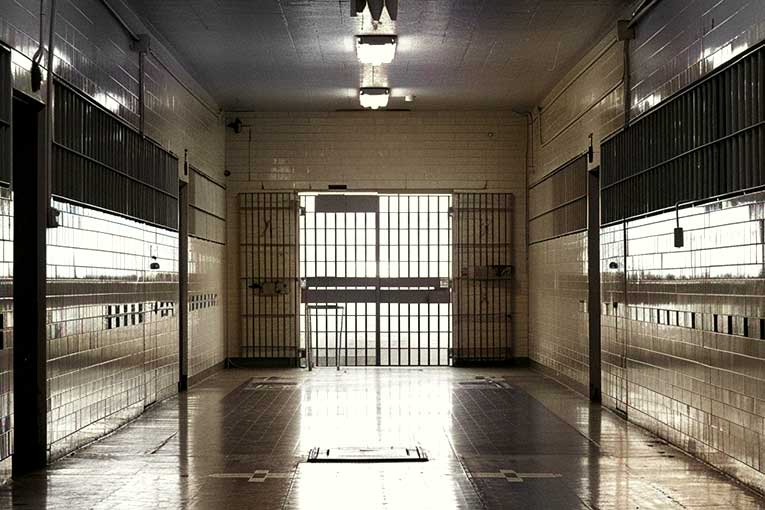
Jails, fundamental components of the criminal justice system, fulfil a vital role in the pre-trial phase.
Operating as short-term confinement facilities, these institutions are primarily managed by local governments.
The core purpose of jails is to temporarily house individuals at various stages of legal proceedings.
Designed to accommodate individuals awaiting trial, sentencing, or serving short sentences- typically a year or less- jails play a critical role in the swift administration of justice.
They act as holding facilities for those arrested but not yet convicted, offering a controlled environment while legal processes unfold.
This temporary confinement allows authorities to manage and process individuals accused of various offences efficiently.
In essence, jails are the initial points of contact within the legal system, facilitating the necessary steps before individuals move on to more long-term correctional settings, if convicted.
This emphasis on short-term stays distinguishes jails from prisons, as they cater to the immediate needs of the pre-trial process, ensuring a balance between maintaining public safety and respecting the rights of the accused.
Examples of Jails
Jails manifest in various forms across different jurisdictions, each tailored to the specific needs of their local communities.
County Jail
One prevalent example is the county jail, a linchpin in the pre-trial process.
County jails operate within the confines of a specific county, serving as multifaceted facilities where individuals detained within that jurisdiction await trial, sentencing, or serve short sentences.
These institutions play a pivotal role in the initial phases of the legal process, efficiently processing those accused of various offences.
City Jails
City jails, another common manifestation, cater to the needs of urban areas, providing short-term confinement for individuals at different stages of legal proceedings.
These facilities contribute to the management of individuals arrested within city limits, ensuring a controlled environment during the crucial pre-trial period.
Examples of Jails
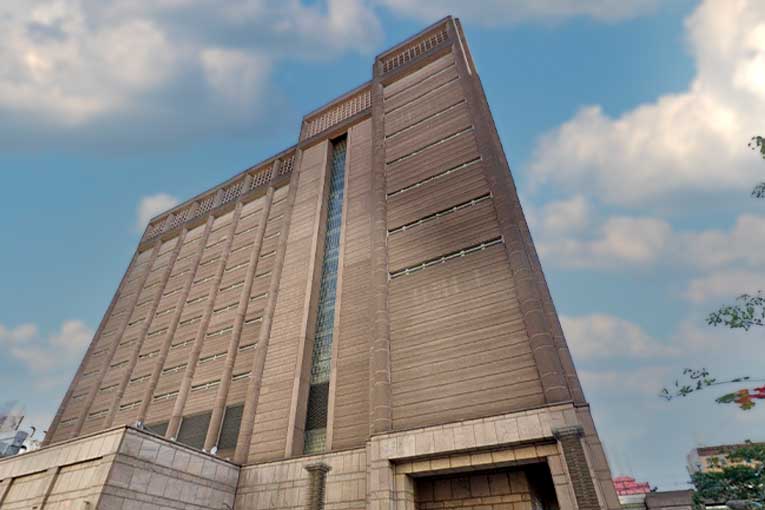
Real-world examples include the Los Angeles County Jail, a county facility managing the diverse legal needs of one of the most populous counties in the United States.
City jails, like the Manhattan Detention Complex in New York City, focus on the specific requirements of densely populated urban environments.
What is a Prison?
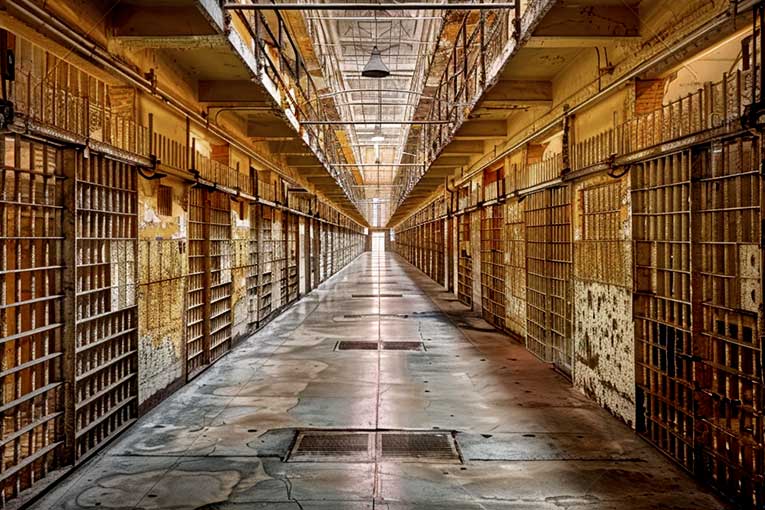
Prisons, in stark contrast to jails, constitute long-term facilities designed for individuals convicted of serious crimes and sentenced to extended periods of incarceration.
These institutions operate under the jurisdiction of either state or federal governments, emphasising their role in managing individuals who have undergone the full legal process and received more prolonged sentences.
Unlike the relatively short-term focus of jails, prisons house individuals for durations exceeding a year, reflecting the gravity of their convictions.
State-operated prisons handle individuals convicted of state-level offences, while federal correctional institutions accommodate those found guilty of federal crimes.
The operational distinction between state and federal control ensures a systematic approach to managing diverse criminal cases within the broader context of the justice system.
Examples of Prisons
Prisons, serving as long-term correctional facilities, come in distinct forms based on jurisdiction.
State Prisons
State prisons stand as robust examples, administered by state governments to house individuals convicted of state-level offences.
These institutions play a crucial role in the rehabilitation and punishment of individuals within the framework of state laws.
Federal Prisons
On the federal level, These institutions specifically accommodate individuals convicted of federal crimes, reflecting the broader scope and jurisdiction of federal law enforcement.
These prisons are managed and run by the Federal Bureau of Prisons.
Examples of Prisons
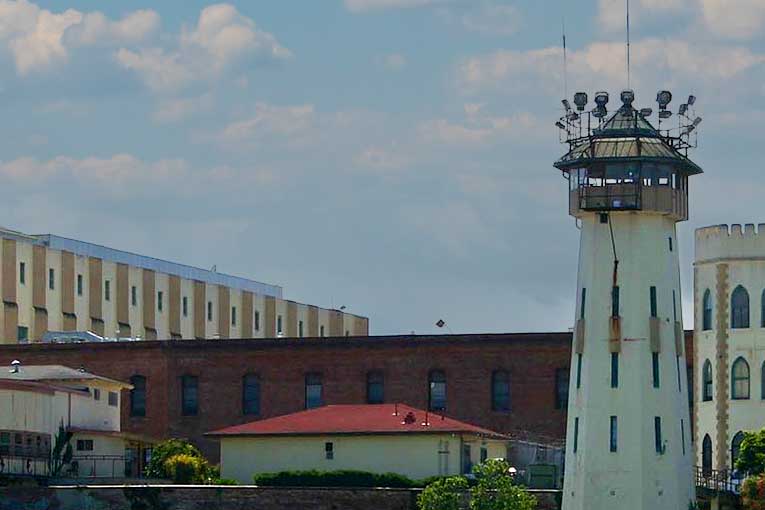
Real-world examples include San Quentin State Prison in California, a state penitentiary renowned for its historical significance and housing individuals convicted of various state-level offences.
Correctional institutions such as the United States Penitentiary, Leavenworth, exemplify federal prisons managed by the federal government.
Also, The United States Penitentiary, Leavenworth, situated in Kansas, has a storied history as a maximum-security facility, illustrating the federal government’s commitment to housing and managing individuals convicted of serious federal offences.
Is a Correctional Facility a Jail or Prison?
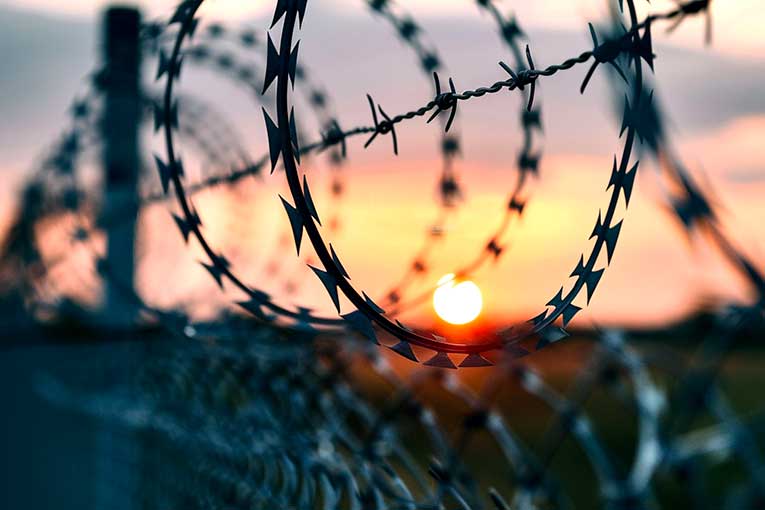
A correctional facility serves as a broad umbrella term encompassing both jails and prisons within the criminal justice system.
It refers to any institution involved in the correction, rehabilitation, and confinement of individuals as part of legal sanctions.
The key distinction lies in the duration of confinement.
Correctional facilities may include short-term holding centres like jails, which cater to individuals awaiting trial, sentencing, or serving brief sentences – typically a year or less.
These facilities play a critical role in the initial phases of the legal process, ensuring the efficient processing of individuals accused of various offences.
Conversely, correctional facilities also encompass long-term facilities such as prisons.
These institutions, operated by state or federal governments, house individuals sentenced to extended periods, reflecting the seriousness of their convictions.
Prisons focus on rehabilitation, punishment, and societal reintegration for individuals convicted of serious crimes.
Is a Detention Centre a Jail or Prison?

The term detention centre is often used interchangeably with jail, but its meaning can vary depending on the jurisdiction and context.
In some cases, a detention centre may align more closely with the concept of a jail, while in other instances, it might refer to facilities that hold individuals awaiting immigration proceedings or deportation.
Detention centres that resemble jails typically serve as short-term confinement facilities, holding individuals during pre-trial periods, awaiting court appearances, or serving brief sentences.
These facilities play a critical role in the initial stages of the legal process, offering controlled environments for individuals accused of various offences.
However, the term detention centre can also extend to facilities that focus on immigration matters.
In this context, these centres house individuals awaiting immigration proceedings, deportation, or resolution of their immigration status.
The dual usage of the term emphasises the importance of considering the specific context and legal jurisdiction to accurately determine whether a detention centre aligns more with the characteristics of a jail or serves an immigration-related purpose.
Is a Penitentiary a Jail or Prison?
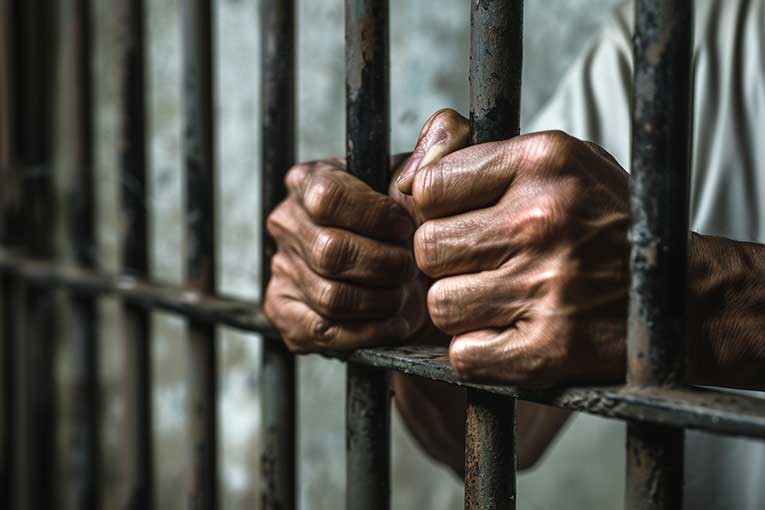
A penitentiary is a term synonymous with prison and refers to a long-term correctional facility where individuals sentenced for more extended periods serve their time.
The distinction between a penitentiary and a jail lies in the duration of confinement.
Penitentiaries are typically operated by state or federal governments, emphasising their role in managing individuals convicted of serious crimes.
State penitentiaries are administered by state governments and house individuals convicted of state-level offences, while federal penitentiaries, known as federal correctional institutions, accommodate those convicted of federal crimes.
These facilities represent the structured environments where individuals serve sentences exceeding a year, reflecting the severity of their convictions.
The term “penitentiary” is a historical and formal way of referring to what is commonly understood as a prison today.
Conclusion
In discovering the difference between jail and prison, we discover the distinct roles each plays within the broader criminal justice framework.
Jails, with their focus on short-term confinement, cater to pre-trial detainees and those serving brief sentences.
Prisons, in contrast, house individuals sentenced to long-term incarceration, reflecting the gravity of their convictions.
Understanding the subtle nuances between these terms clarifies their respective functions and underscores the diversity within the correctional system.
Whether it’s a jail addressing the immediate legal status of an individual or a prison overseeing extended sentences, each institution serves a unique purpose within the complex tapestry of criminal justice.

